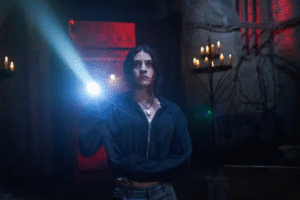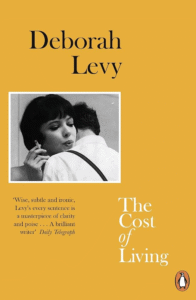The Fragile Tapestry of Memory: Unraveling Grief and Truth in Amal Neerad’s “Bougainvillea”
Amal Neerad’s “Bougainvillea” is less a straightforward narrative and more a cinematic poem, a visual and aural exploration of fractured memory, grief, and the elusive nature of truth. The film eschews traditional storytelling in favor of a fragmented, almost dreamlike structure, leaving the audience to piece together the narrative threads of a family’s tragic past. While some might find its ambiguity frustrating, it’s precisely this open-endedness that allows “Bougainvillea” to resonate on a deeper, more emotional level.

Visual Poetry: The Language of Light and Shadow
The film’s strength lies in its evocative imagery. Neerad, known for his masterful cinematography, uses light and shadow, color and texture, to create a visually stunning and often unsettling atmosphere. The titular bougainvillea, with its vibrant yet thorny beauty, becomes a recurring motif, symbolizing both the beauty and the pain that permeate the family’s history. The decaying ancestral home, filled with echoes of the past, serves as a physical manifestation of the lingering trauma that haunts its inhabitants. Each frame is meticulously crafted, contributing to the film’s overall sense of unease and mystery.
The Emotional Landscape: Delving into the Psyche
“Bougainvillea” is not driven by plot but by emotion. The film delves into the psychological landscape of its characters, particularly the son, whose fragmented memories of his childhood and his mother’s death form the core of the narrative. The performances are understated yet powerful, conveying the weight of unspoken grief and the struggle to reconcile with a past that remains shrouded in uncertainty. The film’s sound design further enhances this sense of emotional depth, with the rustling of leaves, the creaking of the old house, and the melancholic musical score all contributing to the film’s haunting atmosphere.
Fragmented Narratives: Mirroring the Nature of Memory
The film’s fragmented narrative structure mirrors the fragmented nature of memory itself. The past is not presented as a linear sequence of events but rather as a series of disjointed images, whispers, and half-remembered conversations. This approach forces the viewer to actively engage with the film, to become a detective of sorts, piecing together the clues and attempting to make sense of the family’s tragedy. However, “Bougainvillea” is not interested in providing easy answers. The truth, like memory, remains elusive, fragmented, and ultimately subjective.
A Lingering Resonance: Beyond Conventional Closure
“Bougainvillea” is not a film for those seeking conventional narrative closure. It’s a film that lingers in the mind, its haunting images and unresolved questions continuing to resonate long after the credits have rolled. It’s a film that explores the complexities of grief, the fragility of memory, and the enduring power of the past. While its ambiguity may be challenging for some, it’s this very ambiguity that makes “Bougainvillea” a truly unique and unforgettable cinematic experience. It’s a testament to Amal Neerad’s artistry and his ability to create a film that is both visually stunning and emotionally resonant.




















